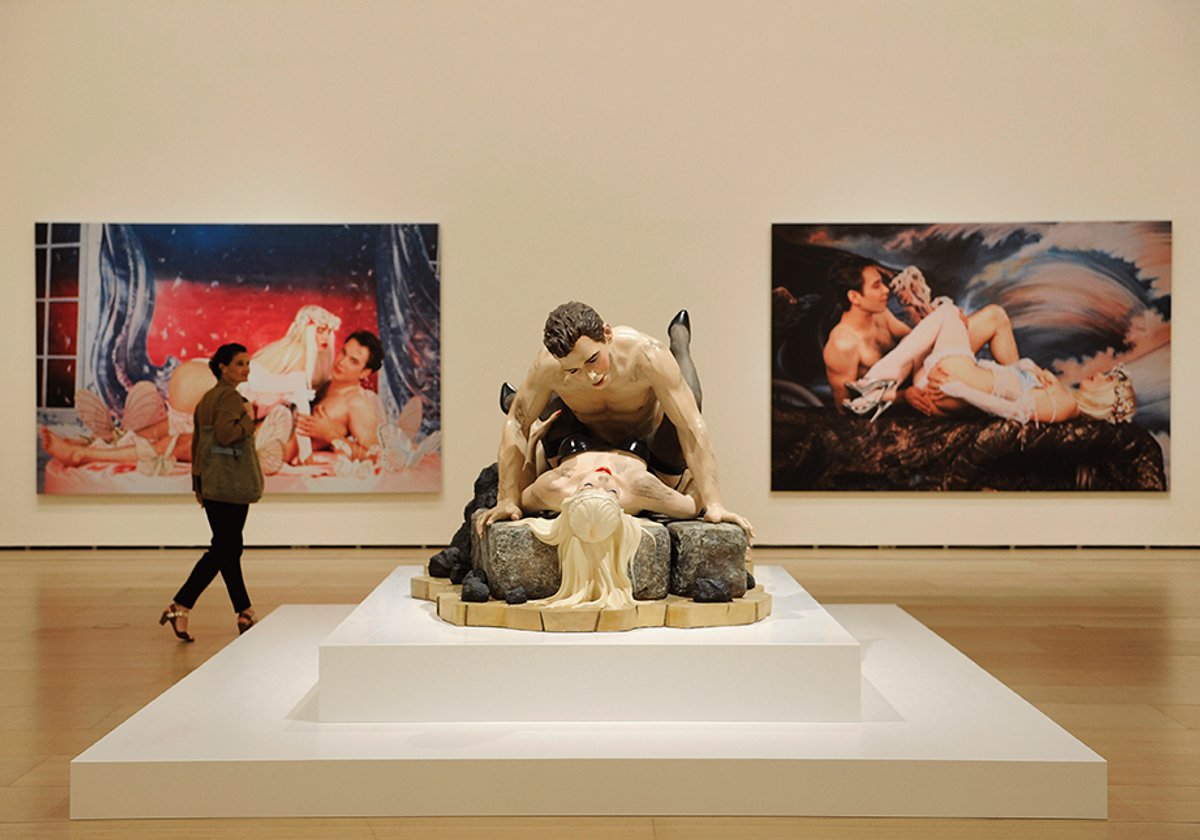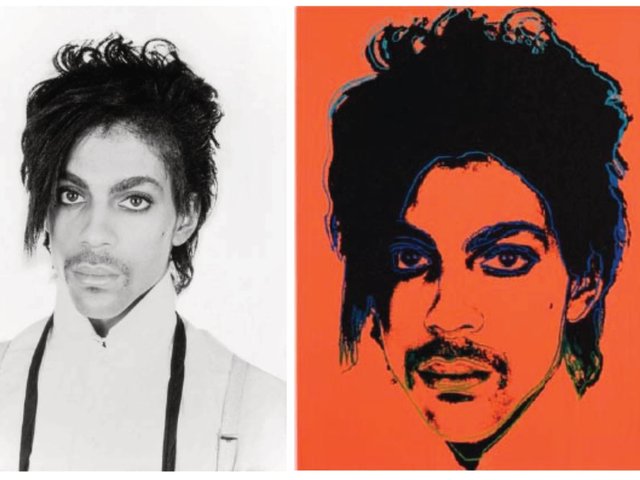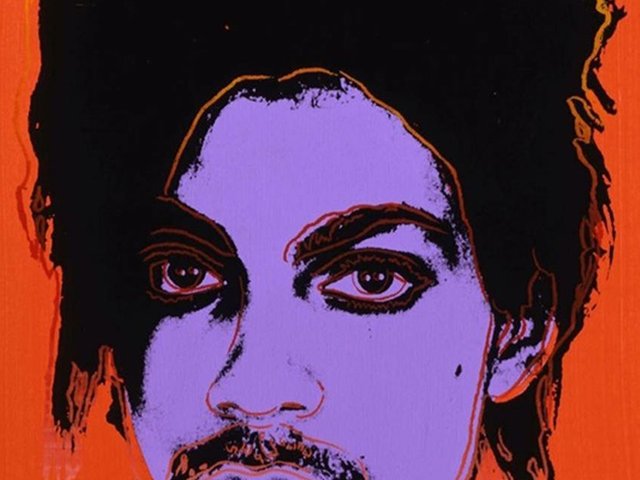Jeff Koons is embroiled in yet another legal battle after the artist Michael Hayden sued him for copyright infringement in New York’s Southern District Court earlier this month. Hayden claims that Koons incorporated a sculpture of a serpent and rock he created as a stage prop for Ilona Staller (the former-porn-star-turned-politician known as Cicciolina, who is Koons’s ex-wife) in the infamous 1989 series, Made in Heaven.
In three works from the series (a lithograph, polychromed wood sculpture and oil painting), Koons and Staller are portrayed in various sexual positions atop the sculpture. Hayden says he only became aware of the works in 2019.
The suit alleges that Koons committed “blatant, unlawful and worldwide infringement” and calls for, among other things, a hold on sales of Made in Heaven works in which the sculpture appears and credit in future displays. Neither Koons nor Pace Gallery, which represents him, responded to requests for comment.
Koons is no stranger to legal challenges but some elements of this case differ from previous lawsuits filed against the most expensive living artist at auction. Barbara Hoffman, the principal at Hoffman Law Firm, expects Koons’s legal team to “rely on a fair use defence because they think that they can succeed on it”.
Citing a 1989 case over a work from Koons’s Banality series, in which the court ruled against him, Hoffman adds that he may have “lost his initial fair use defence involving String of Puppies but, since then, Koons and other appropriation artists have had greater success with the defence”.
Hoffman also notes that the lawsuit invokes the Visual Artists Rights Act of 1990 (VARA), but that strategy is unlikely to succeed because the act does not apply to reproductions.
Another case involving a blue-chip artist’s work may have a bearing on Hayden’s allegations. An ongoing dispute between the Andy Warhol Foundation and photographer Lynn Goldsmith could be heading to the US Supreme Court.
That case revolves around a series of silkscreen portraits of Prince that Warhol made in 1984 and his foundation licensed for the cover of Vanity Fair following the musician’s death in 2016. Goldsmith recognised the image as being based on a photo she took in 1981 and sued the foundation for copyright infringement. The foundation countered that Warhol’s print was transformative in both material and meaning, and was therefore protected as fair use.
A Second Circuit panel recently ruled in Goldsmith’s favour, leading the Andy Warhol Foundation to petition the highest court in the US to weigh in. If it takes up the case, the Supreme Court could make a precedent-setting ruling on fair use that would have significant implications for artists like Koons whose practices involve appropriation.
“There is a point at which ‘inspiration’ becomes ‘infringement’, and this line is sometimes difficult to draw, especially with appropriation art,” says Leila Amineddoleh, the founder and principal of Amineddoleh & Associates. “Copyright law is in constant flux, particularly as it applies to fine art because the art world is also constantly developing. Artists push boundaries and use art to question or critique the law.”






